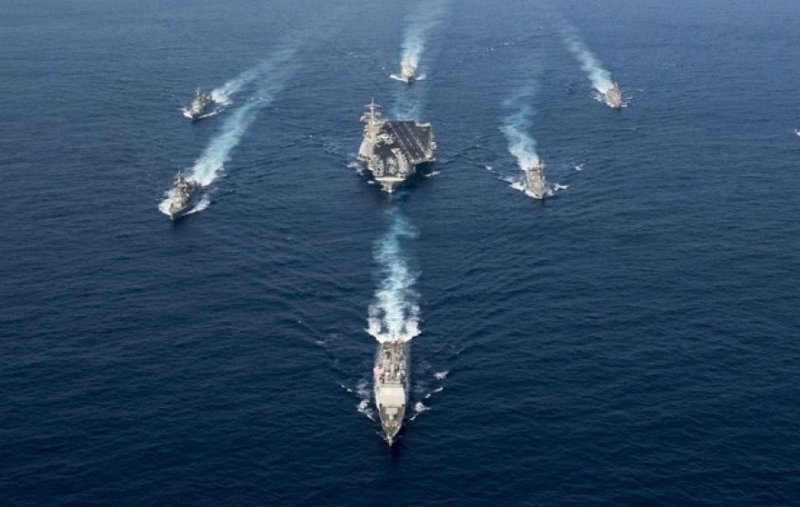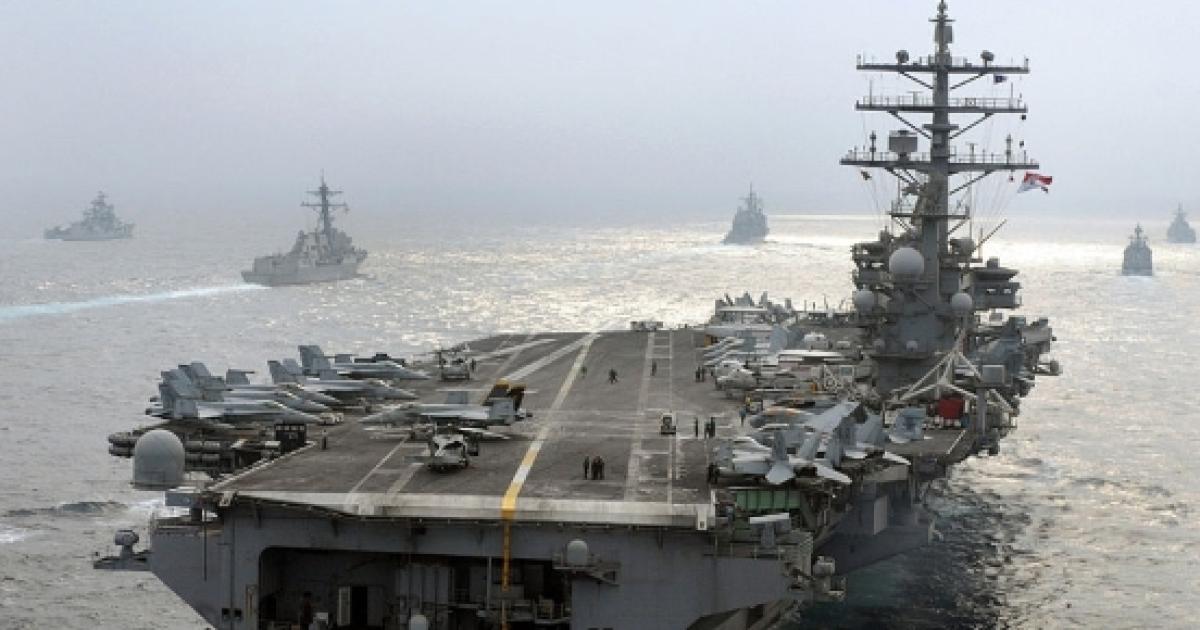
The Missile Defense Agency has completed an analysis of alternatives for hypersonic defense, Air Force Lt. The Pentagon is already exploring options.

“We need to be able to defend against the threat,” he told reporters after the breakfast.Ĭallender said faster interceptors might be needed. The systems have already achieved initial operating capability, he said at a breakfast hosted by the National Defense Industrial Association. The threat posed by hypersonics featured prominently in the Trump administration’s missile defense review that was released in January, and Undersecretary of Defense for Research and Engineering Michael Griffin has warned repeatedly that the Chinese weapons could hold carrier battle groups at risk. Through a combination of operational concepts and defensive systems “those carriers are able to have a big impact on the operational space and continue to survive,” he added.īut other Pentagon leaders are sounding the alarm. “As you can imagine, it gets very highly classified,” he said.

Richardson declined to go into specifics about how the Navy might thwart enemy hypersonics. The vessels are less vulnerable now than they have been since World War II, he said, noting the threat posed by the Soviet Union’s submarine fleet during the Cold War. “Rather than talking about the vulnerability of the aircraft carrier … we should think about it as perhaps the most survivable airfield in the region,” he said at a recent Brookings Institution event when National Defense asked him about the new Chinese weapons and how the Navy plans to counter them. John Richardson has downplayed the threat. air-and-missile defense systems, it explained.Ĭhief of Naval Operations Adm. Anti-ship weapons may be able to speed past interceptors, while their flight paths could exploit seams between current high- and low-altitude U.S. air defenses even if the carrier strike group were operating as far as 1,000 nautical miles from the launch site. The CSBA report warned that the new missiles would significantly lower or negate the effectiveness of U.S. Defenders would therefore have much less time to intercept incoming hypersonic weapons, Callender noted. Traditional cruise missiles can be highly maneuverable, but the air-breathing systems typically fly at subsonic speeds - a small fraction of the velocity that hypersonic boost glide and scramjet missiles could achieve. “In theory, you … can maneuver off its initial ballistic track potentially several hundred miles, a different way” than defenders are expecting. “You can’t predict from its initial boost necessarily where it’s going,” he added. “The big difference between a traditional ballistic missile and these hypersonic boost glides is the trajectory and the ability to maneuver,” said Tom Callender, senior research fellow for naval warfare and advanced technologies at the Heritage Foundation and a former Navy officer. But hypersonics pose a unique threat compared to traditional ballistic and cruise missiles, analysts say.Īlthough today’s ballistic missiles can achieve hypersonic speeds, they tend to follow a predictable flight path that is easier to track. Navy’s Carrier Air Wing for Great Power Competition.”Ĭarrier battle groups include ships equipped with advanced air-and-missile defense systems such as Aegis. Navy and the centerpiece of the American fleet,” noted a recent report by the Center for Strategic and Budgetary Assessments titled, “Regaining the High Ground at Sea: Transforming the U.S. “Naval aviation has grown during the last century into the primary offensive arm of the U.S.

That is a potential scenario the Navy could face in the coming years as Washington and Beijing are locked in great power competition in the Indo-Pacific and beyond.Īircraft carriers are viewed by many as the Navy’s crown jewels. Ford, disabling the aircraft carrier and sending its crew scrambling for their lives. defensive systems, they slam into the hull of the USS Gerald R. The weapons quickly surpass a speed of Mach 5 and maneuver unpredictably toward their target.

A Chinese bomber flying over the Western Pacific launches hypersonic anti-ship missiles.


 0 kommentar(er)
0 kommentar(er)
